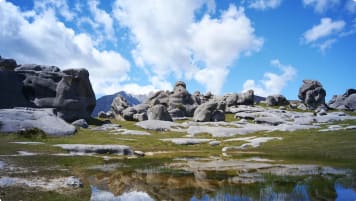The Maori, New Zealand
Explore the history and rich heritage of the Maori people, the first and original inhabitants of New Zealand. Odyssey offers small group tours for mature and senior travellers, couples, and solo travelers to sites across New Zealand.
10 Nov 20 · 5 mins read
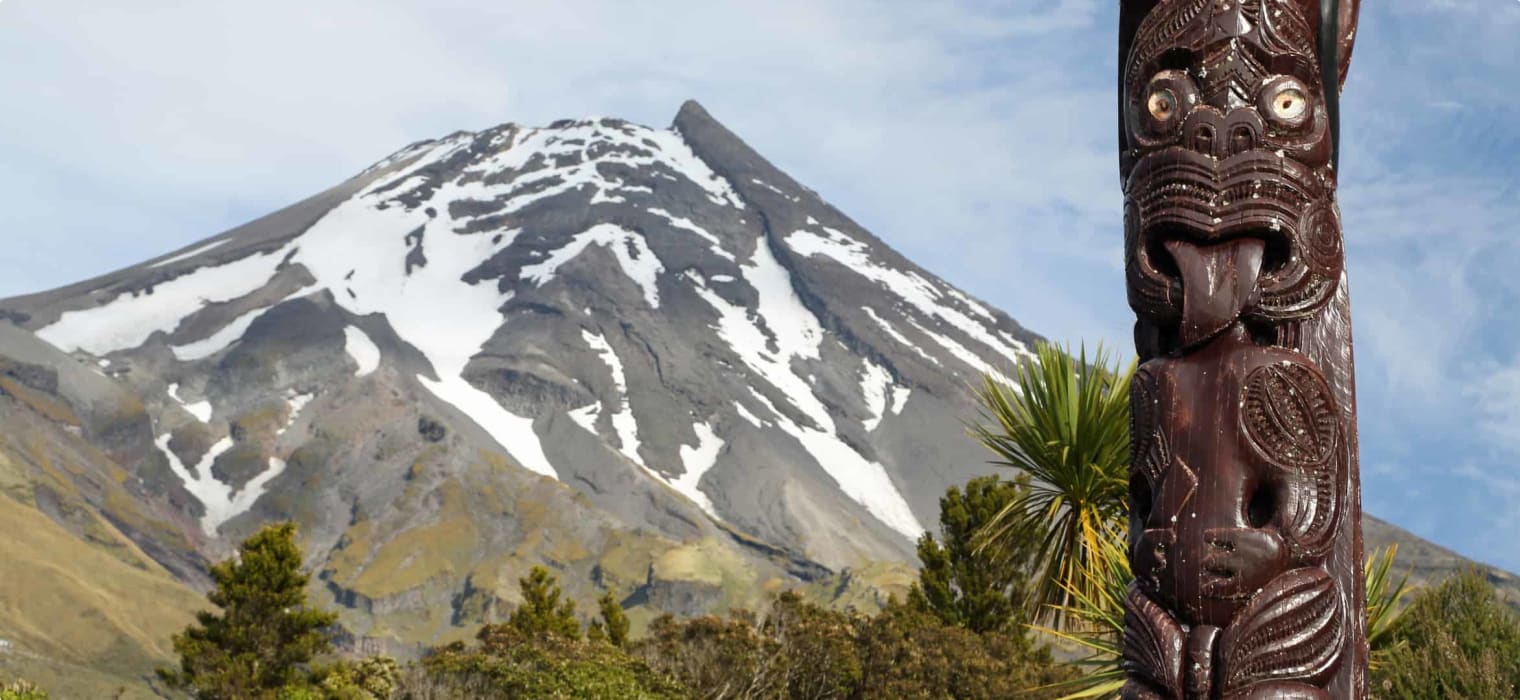
The Maori People
New Zealand‘s Maori people are the original inhabitants of the island nation, with a history that predates European colonization by centuries. The Maori are a people of Polynesian descent, sharing some cultural and linguistic similarities with other Polynesian peoples such as those found in Hawaii, Tahiti or the Cook Islands. Maori culture and society has been experiencing something of a renaissance since the 1980’s, with a significant revival of biculturalism and Maori tradition, as opposed to the traditional dominance of western culture in New Zealand. Today over 700,000 people of Maori descent live in New Zealand, making up roughly 17% of the nations population, and forming an indelible part of New Zealand‘s shared history and culture.
Arrival to New Zealand
The history of the Maori in New Zealand can be traced back to the period between 1320-1350AD. Somewhere around this time period, Polynesian settlers arrived on New Zealand‘s north island, naming this new land ‘Aotearoa‘ in the Maori language. These settlers, which some believe were led by a legendary chief known as ‘Kupe’, are thought to have originated from an island known as Hawaiki, from which multiple return journeys were made over the following centuries, pointing to a history of planned and deliberate settlement during early Maori history. Over time the local population developed a distinct language and culture of their own, coming to be known as the Maori people. The Maori were skilled hunters and horticulturalists, cultivating foods brought with their ancestors from Polynesia such as taro and kumara (sweet potato), as well as hunting some of New Zealand‘s endemic wildlife. Notable amongst this wildlife is the now extinct Moa, a megafauna variety of flightless bird which could grow to a size of 3.6m, and weigh in at roughly 230kg. As time progressed and competition for land and resources intensified, Maori society changed in kind, with increased incidents of tribal warfare, as well as the introduction of a number of land management techniques designed to protect many of the local species from over-exploitation. Curiously enough, it wasn’t until the arrival of Europeans in New Zealand that the Maori people would identify by this name. Instead the name ‘Māori’, meaning normal was used in opposition to the European settlers, named ‘Pakeha’ in the Maori language or ‘teo reo maori’.
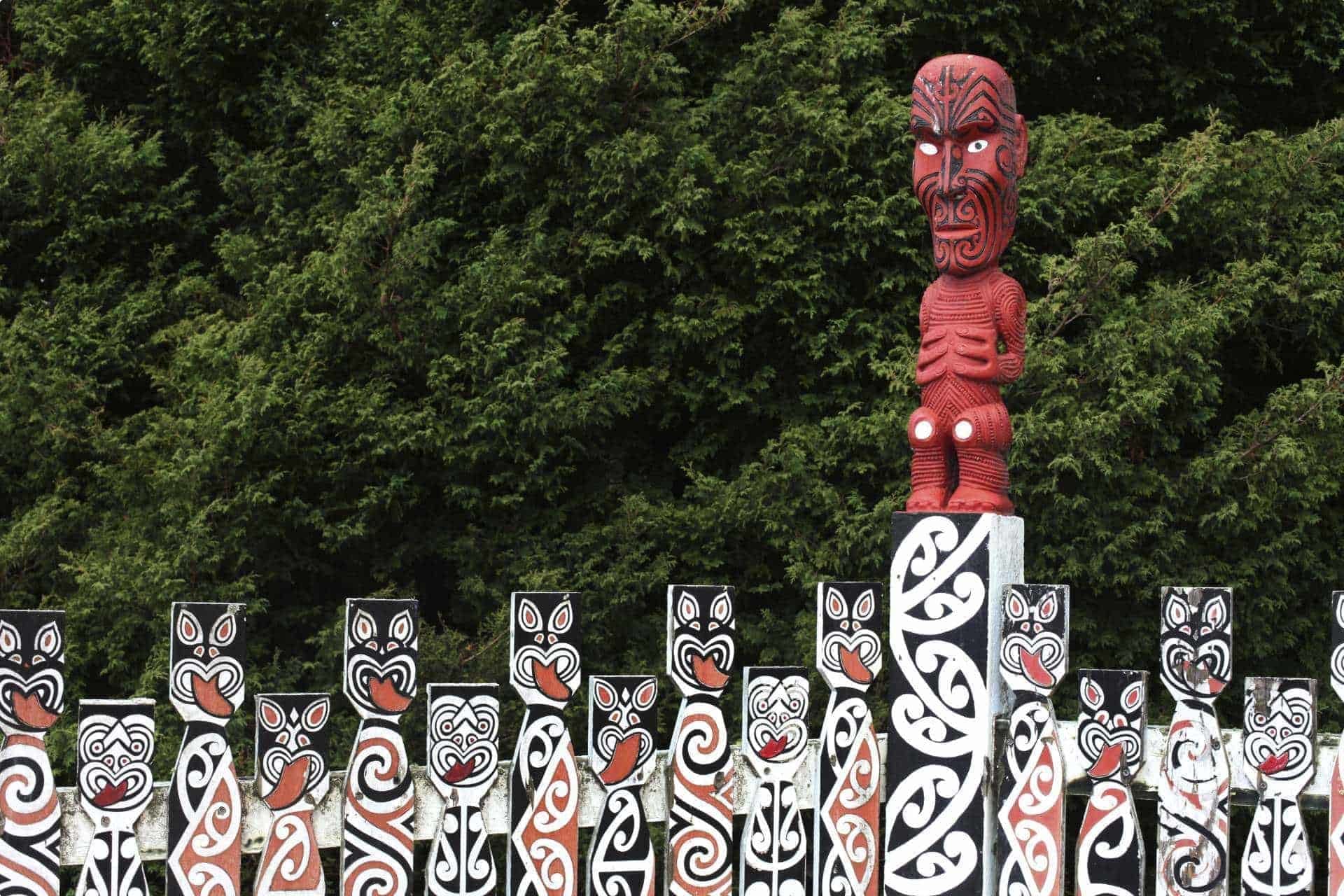
Contact with Europeans
The first incidence of contact between the Maori people and Europeans came in the year 1642, with Dutch explorer Abel Tasman ‘discovering’ the islands, later to be known as New Zealand after the Dutch province of ‘Zeeland’. This contact was brief and violent, with 4 of Tasman’s men killed off the coast of the south island, and with Tasman himself never setting foot on land. The era of European contact started in earnest just over a hundred years later, with British explorer Captain James Cook venturing to the islands in the year 1769. Following Cook’s voyage in the HMS Endeavour and the mapping of the region, a small stream of European settlers began to venture to the islands. Many of these settlers operated small trading outposts, supplying French, British, and American whaling boats, and trading with the local Maori for food, flax and hides. Initially relations with the Europeans were relaxed, and European goods such as muskets became highly prized possessions for the local Maori tribes. However, the introduction of Europeans onto the island came to rapidly transform Maori society over the coming years. European diseases devastated the Maori, who had no natural immunity to common illnesses, while the proliferation of firearms led to a series of inter-tribal wars known as the ‘musket wars’. Christian missionaries also had a profound impact, with over 20 missionary stations established by the year 1840, converting an increasing proportion of the Maori population. The defining moment in this relationship came in the year 1840, with the signing of a document known as the ‘Treaty of Waitangi‘, known today as one of New Zealand‘s foundational documents. This treaty between the British Crown and hundreds of Maori Chiefs codified a relationship between the two, and formally established New Zealand as a possession of the British Crown. However, the legacy of Waitangi is still controversial, with many of the promises and rights to the Maori people ignored and abused in subsequent years.
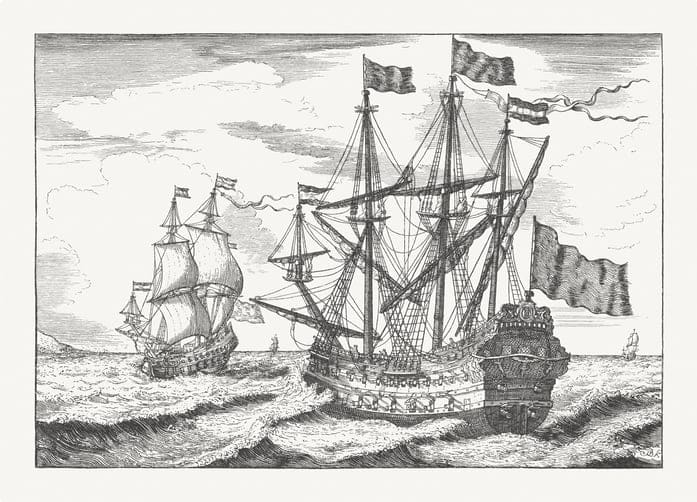
Maori Culture and Society
Traditional Maori society is structured around the unit of the tribe or ‘iwi‘ which formed the principal political bodies of Maori society. Traditionally, these tribes were subdivided into smaller core units known as ‘hapu’ which are genealogically related family groups, generally ranging between 50-170 members. This group structure, joined under the allegiance of Maori chiefs, was at the core of the Maori community‘s social structure since the dates of early settlement. In contemporary Maori culture, an important part of the shared identity is the veneration of ones ancestors, which in turn has ties to ancestral land and a sense of shared belonging to the group, as well as what it means to think and behave in distinctly Maori ways. A good way to experience Maori culture first hand is through a visit to a ‘Marae‘, which is a meeting hall of sorts used for a number of traditional activities. Marae are used today as sites of cultural learning, and are often used to teach students about the Maori language and culture. In a Marae one might have the opportunity to partake in a ‘Hangi‘, which is a traditional method of cooking using a pit oven; this Hangi is a deep pit filled with hot rocks, wire, and foil, which slow cooks meat and vegetables gently over a long period of time. The Hangi is traditionally a place of convergence for members of the community, as they wait together for a shared feast.
Another recognizable part of Maori custom is the famous war dance called the ‘haka‘, many may recognize this dance from the New Zealand rugby team, who perform this traditional Maori dance before matches. The Haka is a dance used traditionally to intimidate opponents, with its strong movements, stomping, and shouting providing a boon to morale. This having been said, the Haka is also used on other occasions, such as to greet notable guests, honour achievements, or to pay respects during funerals. Since 1975, around the time of the introduction of the Waitangi Tribunal, the Maori community has experienced something of a revival, with numerous claims of land returned to their traditional owners, along with reparations and moves towards reconciliation. This has coincided with a growing Maori population, and the introduction of ‘te reo Maori‘, or the Maori language as an official language of New Zealand in 1987.
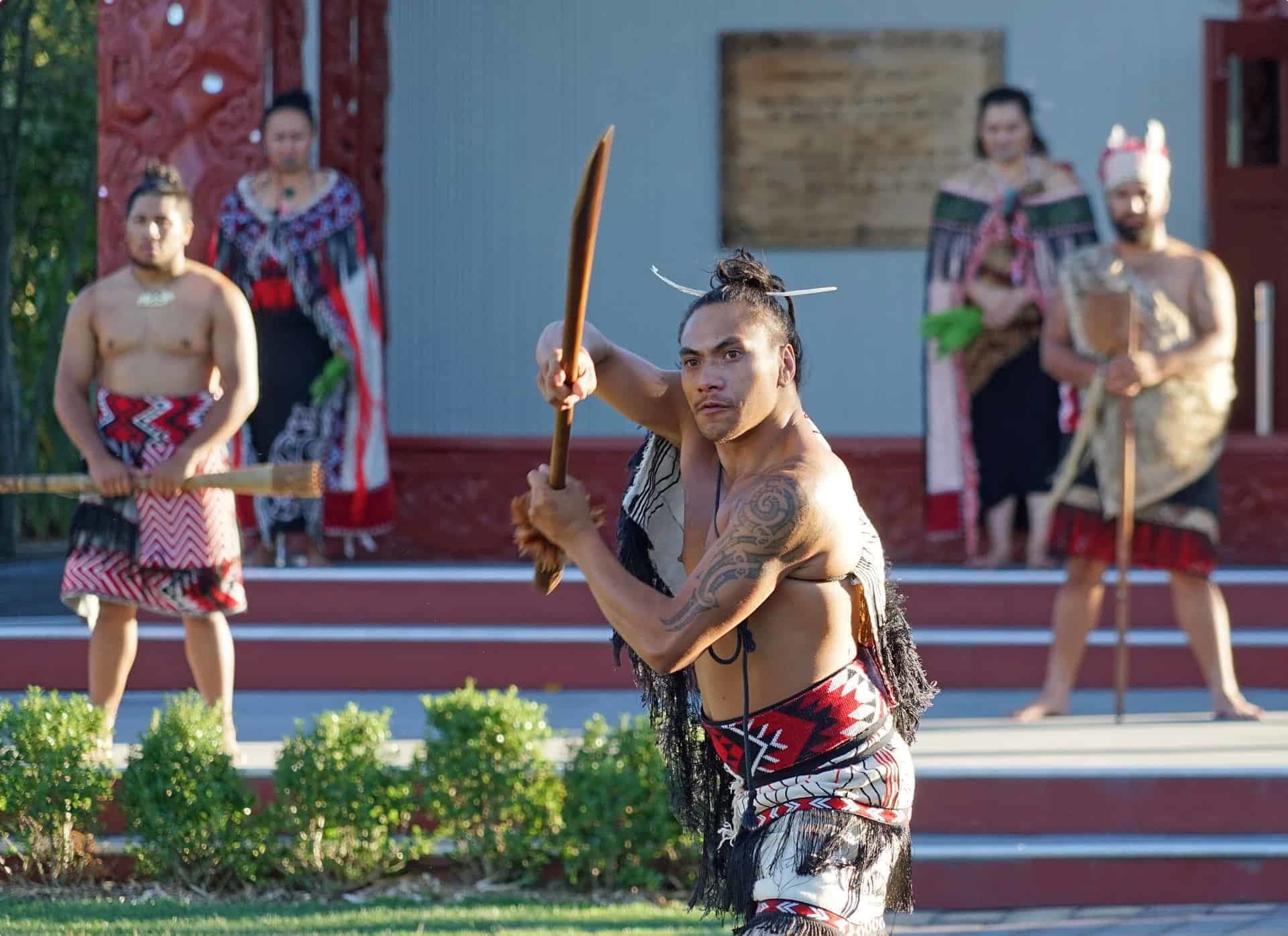
Articles
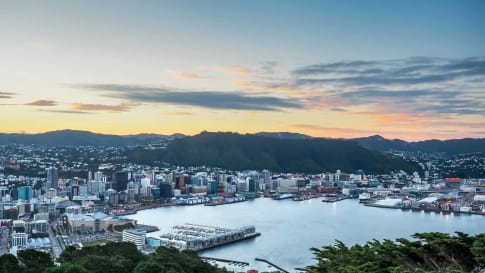
Wellington, New Zealand
Wellington is the capital of New Zealand, and the administrative centre of Wellington region, located on the south part of the North Island between Cook Strait and the Remutaka Range.

Te Anau, New Zealand
Te Anau is a small town on the South Island of New Zealand, often labelled as the gateway to the wilderness and amazing scenery of Fiordland.

Milford Sound, New Zealand
Explore the sights and wonders of Milford Sound (Piopiotahi), one of the world's most stunning natural wonders. Odyssey offers small group tours for mature and senior travellers couples and solo travelers to Milford Sound and New Zealand.
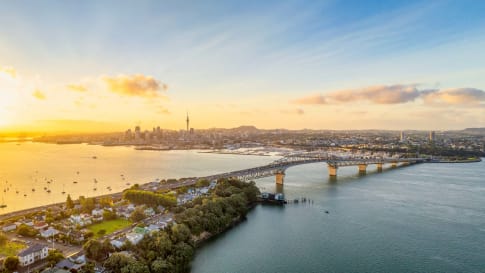
Auckland, New Zealand
Auckland, city of Sails is part of a Small group tour of New Zealand for mature and senior travellers with your partner or as a solo traveller. Explore and learn about Rotorua, Wellington or Te Anau whilst you are visiting.

Bay of Islands, New Zealand
Explore on a small group walking tour of New Zealand for active mature or senior travellers the Bay of islands. Suitable for couples or solo travellers who enjoy hiking/walking tours.
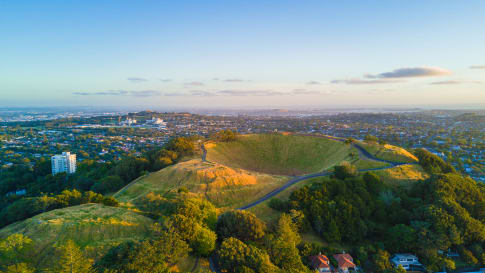
Definitive Guide to Auckland, New Zealand
Definitive Guide to Auckland, New Zealand Few cities are as geographically blessed as Auckland. While New Zealand’s largest city might be home to almost a third of the country’s total population, nature is never far…
Related Tours

17 days
Oct, Feb, Apr, Sep, MarNew Zealand: An Odyssey Down Under
Visiting
A guided small group tour of both the North island and the South island. Your travel itinerary includes Auckland, Rotorua, Milford Sound, Queenstown and Christchurch. Maori culture also forms part of the journey to provide a memorable New Zealand tour experience.
From A$12,595 AUD
View Tour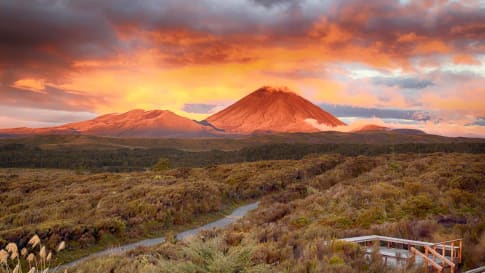
14 days
Mar, Sep, NovSmall group walking tour of New Zealand
Visiting
Escorted 14 day small group walking tour of New Zealand. Off the beaten track, for hiking fit like minded people curious about history, culture wine and landscapes.
From A$13,995 AUD
View Tour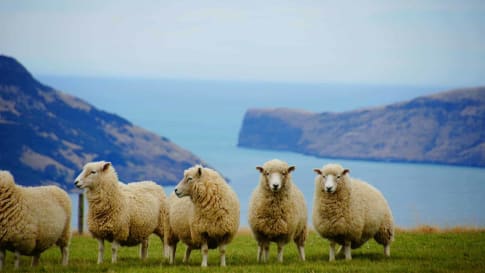
14 days
Aug, Sep, Oct, Nov, Feb +1Small group tour of New Zealand's North Island
Visiting
Escorted 13 day small group tour of the East coast of New Zealand’s North island. Off the beaten track, for like minded people curious about history, culture, wine and landscapes. Your tour director and local guides share their knowledge with you the traveller on this New Zealand tour for senior travellers.
From A$11,495 AUD
View Tour